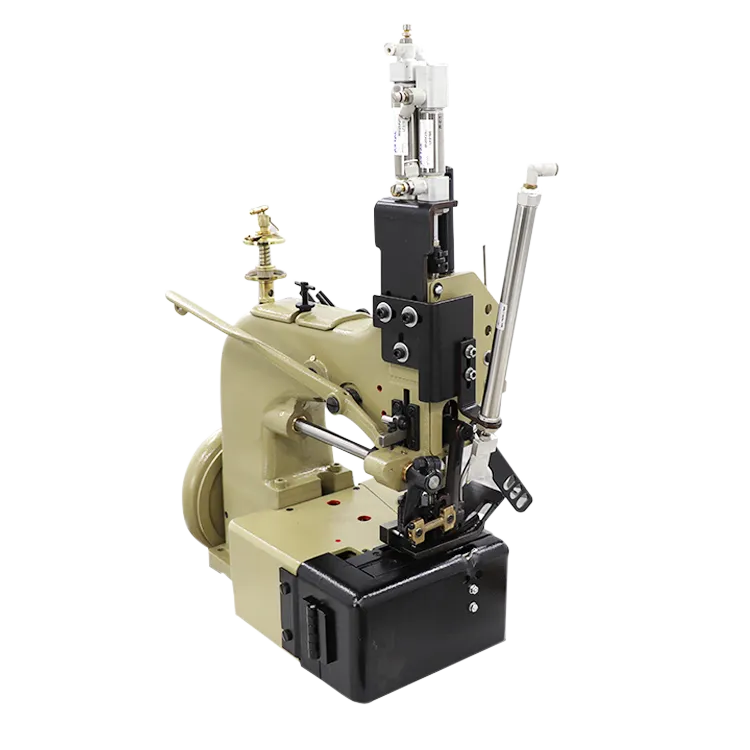Understanding Overlock Machine Rates and Their Impact on Textile Production Efficiency
Understanding Overlock Machine Rates An Insight into Garment Manufacturing Costs
In the ever-evolving world of garment manufacturing, understanding operational costs is crucial for maintaining competitiveness and profitability. Among the myriad factors that contribute to these costs, the overlock machine rate plays a significant role. This article delves into what overlock machine rates are, their importance in the textile industry, and how manufacturers can optimize their costs.
What is an Overlock Machine?
An overlock machine, often referred to as a serger, is a specialized sewing machine designed to create seam finishes and provide a clean, professional look to garments. Unlike conventional sewing machines, overlock machines can sew and trim fabric edges simultaneously, preventing fraying and ensuring durability. They are widely used in the apparel industry for hems, cuffs, and seams, especially in knit fabrics.
The Importance of Overlock Machine Rates
The overlock machine rate typically refers to the cost associated with the operation of these machines, often expressed on a per-hour or per-piece basis. This rate encompasses several factors, including
1. Labor Costs The wage of the operators who run the machines is a significant component. Skilled machinists who can effectively operate overlock machines may command higher wages due to their expertise.
2. Operational Costs This includes electricity, maintenance, and other overheads associated with running the machines. Regular maintenance ensures that machines operate efficiently and can extend their lifespan.
3. Depreciation Overlock machines represent a significant investment for manufacturers. Understanding the depreciation of these machines over time can help in calculating accurate production costs.
4. Material Usage Waste generated during the overlocking process must also be factored into the overall cost. Efficient use of materials can help in minimizing waste and lowering costs.
overlock machine rate

By evaluating these components, manufacturers can arrive at a comprehensive overlock machine rate, which is crucial for pricing garments appropriately and maintaining profitability.
Optimizing Overlock Machine Costs
To ensure the overlock machine rate remains competitive, manufacturers can take several steps
1. Invest in Technology Upgrading to modern, automated overlock machines may incur a higher initial cost, but the efficiency gains can lead to lower operational costs in the long run. These machines often reduce the time taken per garment, thus enhancing productivity.
2. Training Skilled Labor Providing training for operators can significantly increase efficiency. Skilled workers can produce higher quality seams quicker, leading to a decrease in the overall machine rate.
3. Regular Maintenance Implementing a strict maintenance schedule can prevent costly breakdowns and ensure that machines always operate at optimal efficiency, thereby reducing per-hour costs.
4. Effective Production Planning Having a robust production plan that takes into account the capacity of overlock machines can minimize downtime and maximize their usage, further reducing costs associated with idle machinery.
Conclusion
The overlock machine rate is an essential element of the garment manufacturing process, influencing everything from pricing to profit margins. By understanding and managing the various factors that contribute to this rate, manufacturers can enhance their operational efficiency and remain competitive in the market. As the industry continues to evolve, the ability to adapt to changing costs and technological advancements will be crucial for long-term success. Ultimately, a keen focus on optimizing overlock machine operations will not only benefit manufacturers but also lead to higher quality products for consumers.
-
Leather Sewing Machine: The Industrial Standard for Tough MaterialsNewsJul.18,2025
-
Sail Making Machine: Heavy-Duty Stitching for Industrial and Marine NeedsNewsJul.18,2025
-
Sling Sewing Machine: The Backbone of Heavy-Duty FabricationNewsJul.18,2025
-
Leather Sewing Machine: Precision for Heavy-Duty StitchingNewsJul.18,2025
-
Big Bag Sewing Machine: Powering the Future of Bulk PackagingNewsJul.18,2025
-
FIBC Sewing Machine: Essential Equipment for Bulk Bag ProductionNewsJul.18,2025
-
Heavy Duty Leather Sewing Machine: A Must-Have for Professional LeatherworkNewsMay.28,2025





























